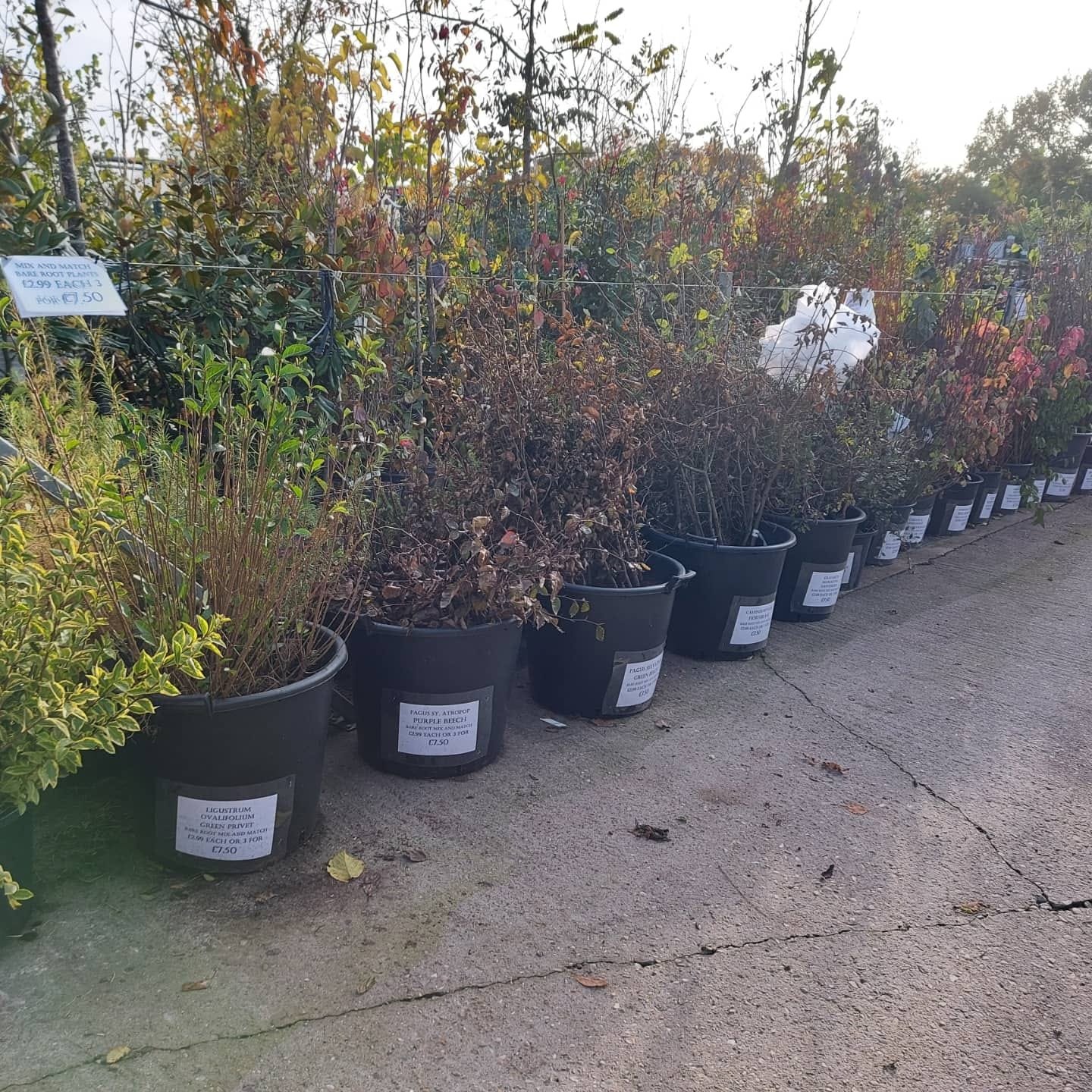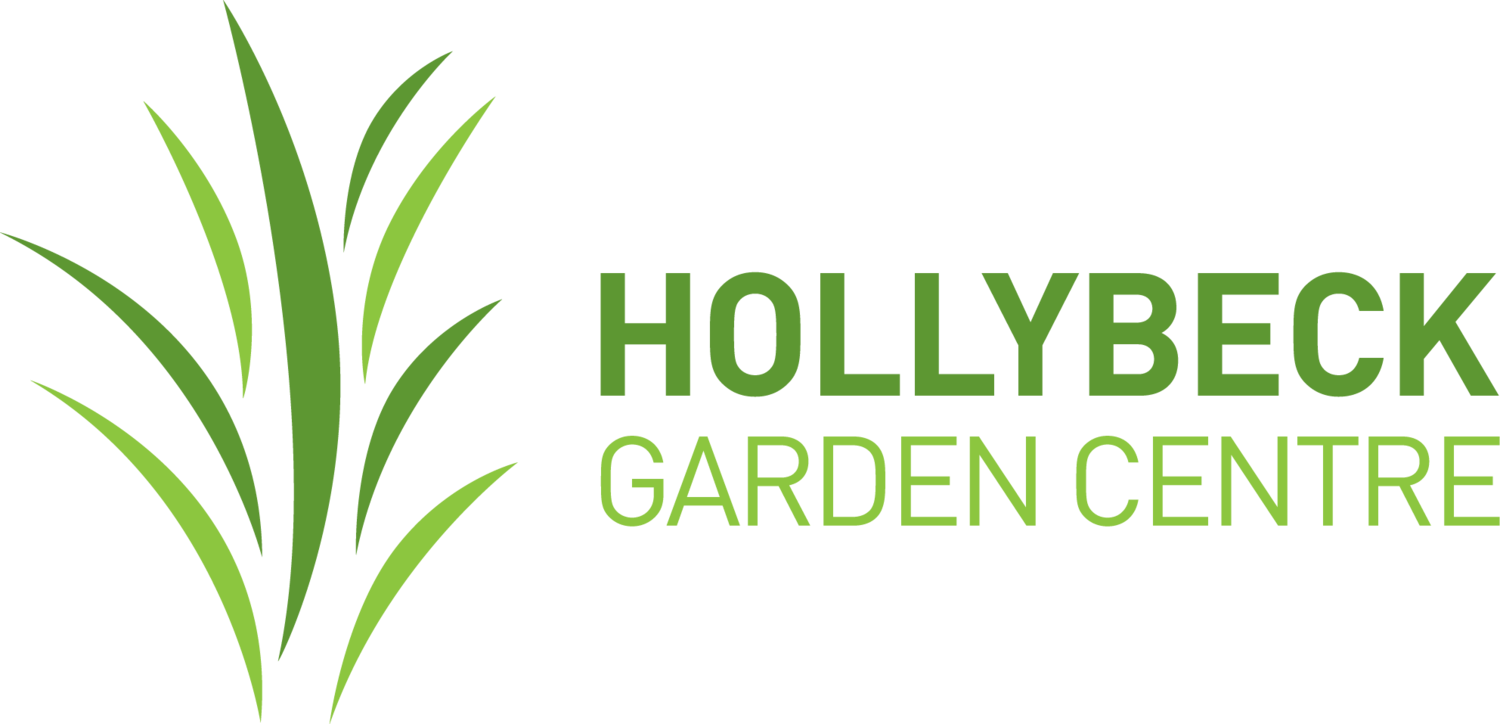
Benefits of bare rooted plants
Bare root plants offer several advantages over their potted counterparts, making them a popular choice for many gardeners:
1. Cost-effectiveness:
Reduced production costs: Growing bare root plants is less expensive for growers, as they don't need to invest in pots, potting mix, fertilisers and growing buildings. This joint with reduced transport cost makes bare root a very cost effective way for gardeners to plant long hedges or large mixed borders. (* Less transportation: As they are lighter and require less space, bare root plants can be transported more efficiently, reducing fuel consumption and emissions.)
2. Packing. Bare root plants use minimal packaging, and no single use plastic pots which helps in reducung their environmental impact.
3. Enhanced root development:
Since bare root plants are grown directly in the ground their roots are free to spread and establish themselves naturally. This results in a more robust root system, leading to better anchorage and nutrient uptake once planted
4. Ease of handling and planting:
Lightweight: Bare root plants are much lighter than potted plants, making them easier to handle and transport. Flexible planting window: Bare root plants can be planted during specific dormant periods, allowing for more flexibility in your planting schedule.
5. Wide variety:
Bare root plants are often available in a wider variety of species and cultivars than potted plants, offering more options for gardeners.
However, there are some drawbacks to consider:
Hints and Tips for bare root plants
They requires careful handling: Bare root plants are more delicate than potted plants and require careful handling to avoid damaging the roots.
Bare root plants must be planted promptly after purchase.
Overall, bare root plants offer a range of benefits, including cost-effectiveness, enhanced root development, environmental sustainability, and ease of handling. If you're willing to plan your planting schedule accordingly and handle the plants with care, bare root plants can be a great choice for your garden.

Hedging, shrubs and trees






Fruit bushes and canes






10 reasons to plant a Mixed Native Hedge
Mixed native hedgerows hold so much value, not only within your own garden but also in the surrounding local area, so we’ve put together a list of 10 reasons why you should consider planting a mixed native hedge
1.As native hedges are species-rich, they provide a huge variety of resources for wildlife so you will be treated to a diversity of animals, insects and birds visiting your hedgerow.
2. Due to the assortment of species within a mixed native hedge, you will experience berries, seeds, flowers and colourful foliage throughout every season, offering continuous, vibrant year-round interest.
3. The combination of different foliage, flowers and fruit will create an impressive feature hedge within your garden and provide a spectacular, decorative backdrop for your other plants.
4. ‘Native’ is used in horticultural terms to describe plants or shrubs that are naturalised to a specific area. This means hedging plants native to a particular region have either been developed, occurred naturally or existed there for a long period of time, and because of this the plants have evolved to the individual conditions within that area, whether it be harsh weather or unusual soil types. So, by planting native hedging species, you are guaranteed to have a thriving, successful hedge.
5. Insects rely on native hedging plants in order to survive. Mixed native hedges provide an entire ecosystem in which plants, animals, insects and microorganisms all co-exist together to form a balanced, thriving biodiversity.
6. Within the last few decades, there has been a dramatic decrease in the natural, established hedgerows found throughout our countryside, and similarly a decrease in our native wildlife species. By choosing to plant a native hedgerow in your garden, you will be helping towards the fight for nature and restoring the natural balance.
7. Whilst with most other hedges you may feel a constant responsibility to keep it looking neat and formal, you can relax with a native hedge as it looks best when left to grow naturally, bursting with various colours and textures, creating an informal feel.
8. If you do want to give your mixed native hedge a trim however, it will take well to pruning, and carrying this out once a year or every other year will leave you with an attractive country style hedge.
9. Mixed native hedging has a positive impact on the surrounding environment and can prevent soil erosion, reduce pollutants and store carbon to lessen the effects of climate change.
10. A mixed native hedgerow will make a better property boundary than a fence or a wall as it forms a great natural windbreak and reduces noise. As hedges are semi-permeable, they slow the wind down rather than the wind hitting the fence or wall at full force, which can result in strong, potentially damaging currents of wind filtering down each side of the barrier. A hedge reduces the force, therefore protecting your other plants and providing shelter and habitats for wildlife.

